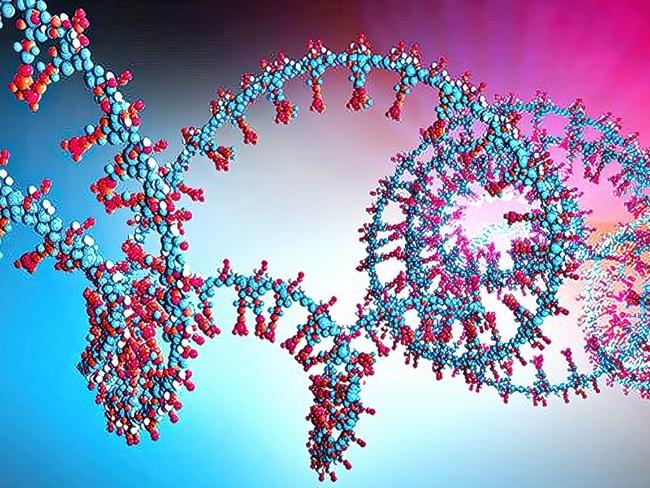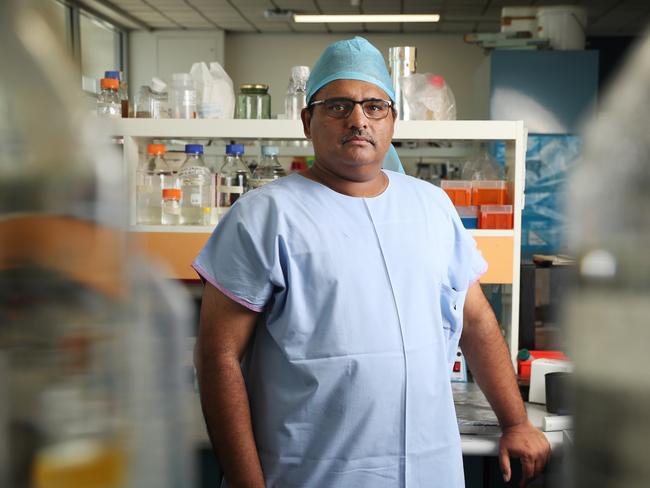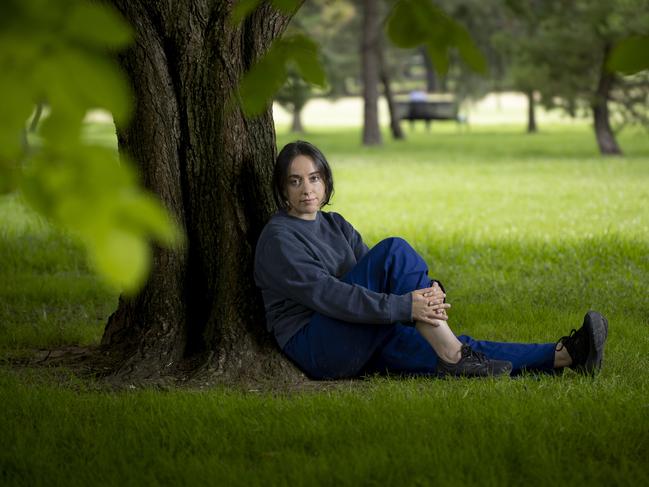
How to dance your way out of depression
The evidence is now indisputable that physical activity, such as running, strength training and dancing, has an enormous impact upon mental health.

The evidence is now indisputable that physical activity, such as running, strength training and dancing, has an enormous impact upon mental health.

As the latest private rocket takes off, philosopher AC Grayling warns that only a global treaty can stop an ugly conflict.

Researchers have created a drug to treat mesothelioma, an aggressive and deadly form of cancer linked to asbestos exposure.

The world’s most comprehensive study of exercise and depression has found physical activity has about double the effect of antidepressants on improving low mood in the short term.

The tree rat’s good fortune lies mainly with its presence on a series of islands off the Kimberley coast, which have protected it from feral cats and cattle grazing.

Researchers have found nicotine vapes can assist people in quitting smoking tobacco, but Australian experts are divided.

Australian researchers have unlocked a crucial key to future cancer vaccines in a world-first discovery set to fast-track RNA-based therapeutics.

Azibo the juvenile chimpanzee likes to body slam the adult chimps and then run away. If this seems oddly familiar to human parents, it should not be a surprise.

A landmark report on the world’s threatened migratory species is a catalogue of decline and destruction, but the handful of animals staging a comeback shows improvement is possible.

Victoria was bracing for a day of danger on Tuesday, with ‘catastrophic’ and ‘extreme’ fire warnings.

Research suggests that getting caught in the rain and having a damp head may make getting struck by lightning more survivable.

Researchers used artificial intelligence to decipher passages of the charred and rolled-up Herculaneum scrolls, once buried by a volcanic eruption two thousand years ago.

A computer can read your heart rate from a video, rank your risk of sepsis and judge the health of a wound all using AI. Now NSW Health is looking to advance programs statewide.

The first patient to under psychadelic therapies says MDMA helped her release traumatic ‘blockages’ in her brain that she had not been able to process before.

By favouring androgen receptor stimulants over oestrogen blockers, a new study hopes to improve the quality of life for breast cancer patients.

Europe’s CERN laboratory has revealed more details about its plans for a huge new particle accelerator that would dwarf the Large Hadron Collider.

Vaccines are being developed that could train the immune system to attack bacteria that embed within the bladder wall.

Conservation efforts have led to African forests facing a glut of great apes, who are now living in increasingly close quarters with humans.

Top doctors are calling for an overhaul of guidelines on antibiotic treatment and testing for urinary tract infection as science confirms chronic infections result from embedded bacteria.

An attempt to buy the leg bones of the ‘chicken from hell’ online has led to the discovery of a new dinosaur species by a US university student.

Chronic urinary tract infection affects women and children disproportionately – is this why medicine has failed to treat the condition seriously?

Pioneering groups of humans braved icy conditions to settle in northern Europe more than 45,000 years ago, in a ‘huge surprise’ discovery.

Research aboard the ARC Simon Bolivar will help to gauge the extent of the infiltration in what should be one of the best-preserved ecosystems in the world.

Aussie scientists are developing a vaccine for deadly brain cancers in children that trains the body to recognise tumour molecules and eradicate them.

Landmark study on development of premature infants shows higher rates of anxiety, with severity rising among earlier births.

The so-called Moonsniper had problems with its solar batteries after it landed upside down on January 20.

It’s the naturally occurring seaweed seen as a frontrunner in the battle to curb methane emissions from livestock, but it is urgent it gains carbon credit recognition within the next two years.

The world’s first psychiatry guidelines on de-prescribing antidepressants have sparked a fierce debate in medicine as the debunked ‘chemical imbalance’ theory comes under scrutiny.

In a ‘landmark discovery’, the Hubble Space Telescope has observed the smallest planet outside our solar system to contain water vapour in its atmosphere.

Fiona Wood, the plastic surgeon who operated on 28 victims of the 2002 Bali bombing, is being recognised with an honorary Officer of the Order of Australia.
Original URL: https://www.theaustralian.com.au/science/page/8